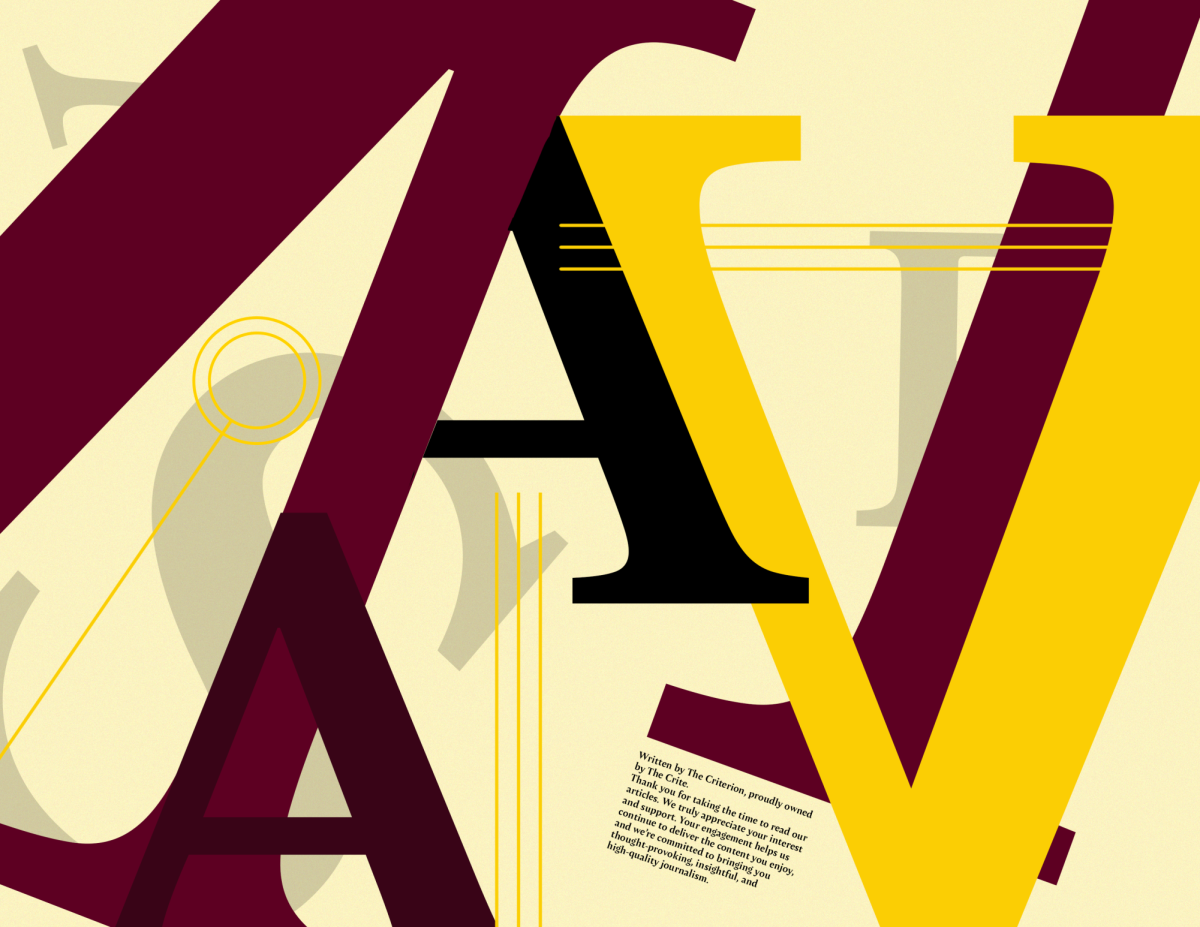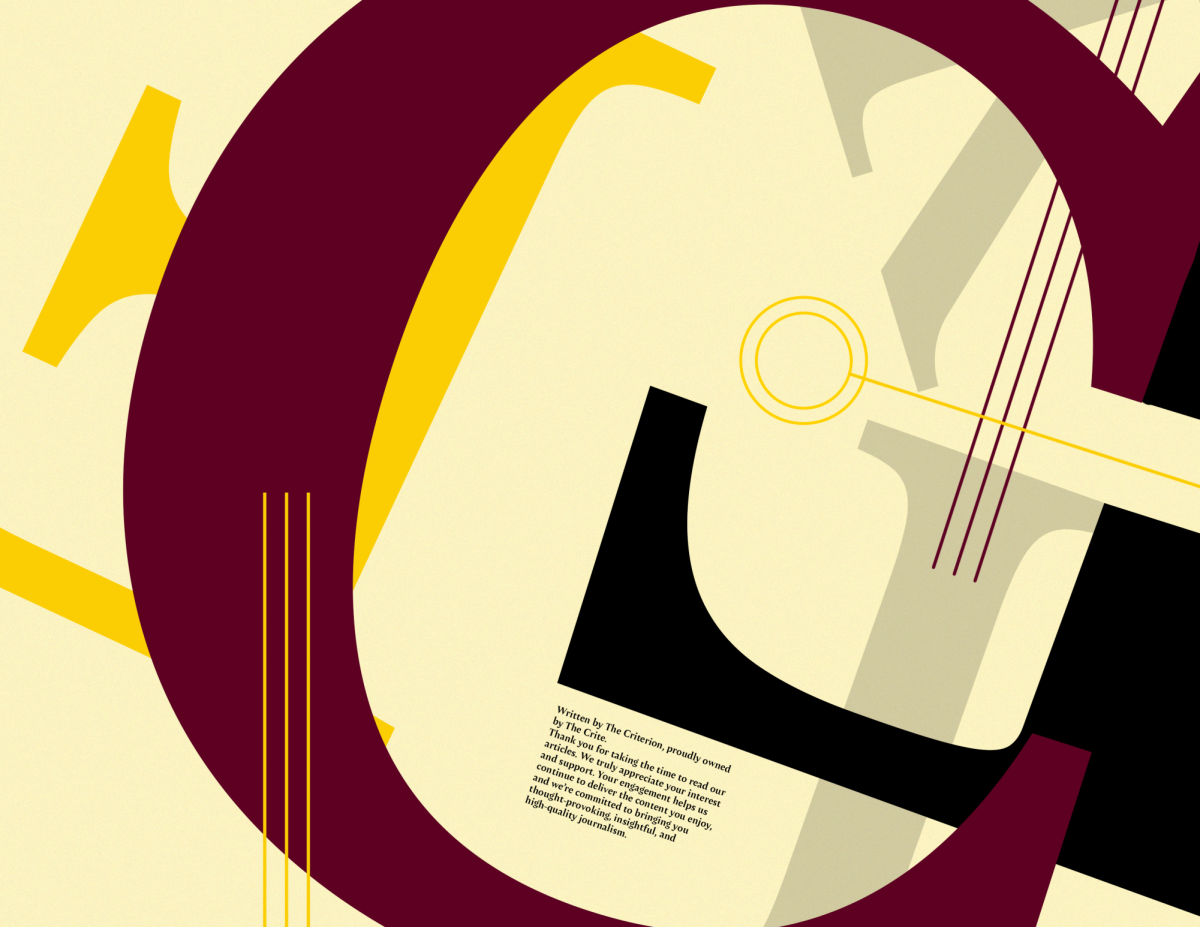Those who arrive in the city of Grand Junction will increasingly find a yellow brick road of signs and promotions that direct them toward Colorado Mesa University. 12th Street and Orchard Avenue now have banners hung from light posts, welcoming those travelers to the CMU domain. The college receives a regular influx of students who may be entering the city for the first time, though likely, they would never have come to the city otherwise. And yet, the city where CMU is located is frustrated with the university’s growing presence.
Understandably, many Grand Junction locals have had enough of drunk students disrupting a quiet neighborhood with parties, litter and disorderly conduct. And, as CMU makes its march towards 7th Street, those who live in the path see the writing on the wall. It’s time to move. The conservative population of a small Western Colorado city has no interest in becoming a college town, but it’s time to accept that there is no alternative.
On Aug. 16, the Grand Junction City Council voted to officially change the name of North Avenue to University Boulevard. The change was headed by the CMU20000, a Grand Junction Area Chamber of Commerce initiative to promote the growth of CMU by an additional 5,000 students, with the help of 5,000 community members. This action is intended to be a visible demonstration of community support for the university, which has an estimated $447.5 million annual impact.
Despite a university population that seems largely apathetic to the decision in general, the surrounding community has resoundingly made their opposition known. Businesses cannot stand the thought of spending the money to make the change on their end, as well as the impact it has on the local taxpayer. Petitions are attempting to reverse the decision.
Though the link between the Grand Junction economy and CMU’s growth is clear, the benefit of CMU’s continued long-term growth is distant, unlike the everyday financial realities of a business. However, this resistance to the name change is primarily indicative of a pervading conflict between the goals of the university and the values of an older, local community. The main value of latter, it seems, is to avoid change at all costs.
But, the inability to adapt to change is the path to extinction. In this case, the nature of extinction could be economical. While cities on the front range have experienced economic growth, Grand Junction has continued to flounder without a sustainable driver.
Changing infrastructure, landscaping and adding better sidewalks to the future University Boulevard are certainly steps in the partnership between the community and CMU. These actions concretely acknowledge the economic link between community and university. On the surface, the University Boulevard initiative is an act of support and acceptance.
The reality is more complicated. Regardless of how many initiatives or economic growth plans the university and the Grand Junction Chamber of Commerce propose, Grand Junction has to decide to become a university town for itself.
Student support of such an idea is not enough; after all, 62 percent of CMU students graduate and promptly move to other cities. Not only is Grand Junction a town that in itself is unlikely to draw college-aged students, it is a town that is unable to attract many to remain upon graduation. The result is a dangerous stagnancy, as the young cycle through and move on, and only the older and traditional remain.
It would be, frankly, patronizing to tell community members to simply appreciate what the university has done for them economically.
But, CMU is Grand Junction’s bridge to the future.
If the town wants to be known for more than retirement homes and nearby wineries, attracting and retaining not just young students, but young, valuable college graduates, is critical.
Having a “college town” feel is important for many potential students. While Grand Junction is making some steps in the right direction, more could and should be done to create a stronger link between the university and the community.
Considering both the social and economic benefits of CMU, a name change for a street and some Maverick window stickers are small steps in the right direction. Tradition is certainly important to Grand Junction, and as CMU continues to expand and ask more of local community members, the university should certainly keep this particular value in mind. However, the community itself should further analyze the value of CMU and the benefits of developing a collegiate and post-collegiate local community.
In the short term, the changes CMU asks the community to make may seem drastic on one hand, or unnecessary on the other. But, in the long-term, this partnership with the university will allow the city to continue to grow, rather than remain distinctly behind the times. If this does not come to fruition, the university will find ways to become more self-reliant, further creating a cultural division between the two communities.
We encourage current CMU students and faculty to have their voice heard. If you would like to respond to the editorial, a letter to the editor is always welcome. Please send the letter to [email protected].









John Edwards • Sep 20, 2017 at 10:52 pm
I was asked a few weeks ago by a CMU student for facts to my claims of the financial impact on changing North Ave to University Blvd. will have on the North Ave Business owners; here on this site are (in part) some of my findings http://www.northavenuenow.com/
Nol • Sep 12, 2017 at 1:29 pm
Crit has been exceedingly negative recently, what’s up with that